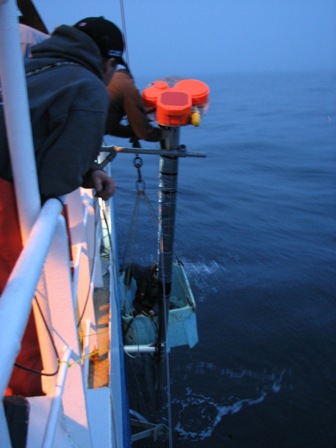
…Our research cruise on the Gold Rush got off to a bumpy start. We were delayed in leaving Dutch Harbor after working to attach the acoustic equipment, rig up our nets, and wire our electronic devices into the ship’s circuitry. All this had to be done before hitting the seas to gather any data, but it was tough to know that the clock was ticking.
So, we were impatient when we heard that the ocean would be rough, and we decided to motor out anyway and get going on our course. As it turned out, we probably should have stayed in port, gone for beers and a hotel room, and waited for the water to calm down; We did not collect much usable data during that first 72 hours anyway!
A good sign of our impending experience was the ship’s barometer. Keep in mind that anything under 29.92 is considered, on average, a “low” pressure event, and is likely associated with stormy weather…
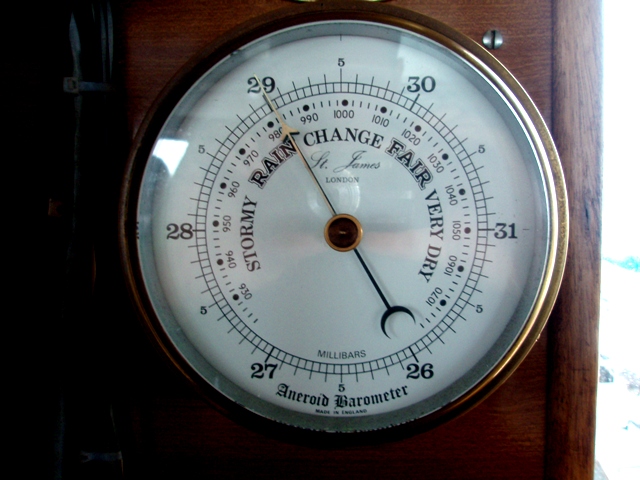
The waves and wind slammed us as soon as we rounded the last point of land and pushed into the open Bering Sea waters. The ship pitched and plunged, leaving us weightless, even as we braced and grabbed with our hands. Everything that was not bolted or strapped down began to slip, slide, and slam every which way. The Gold Rush turned into the storm, facing torrents of spray and heaving mountains of slate gray water.
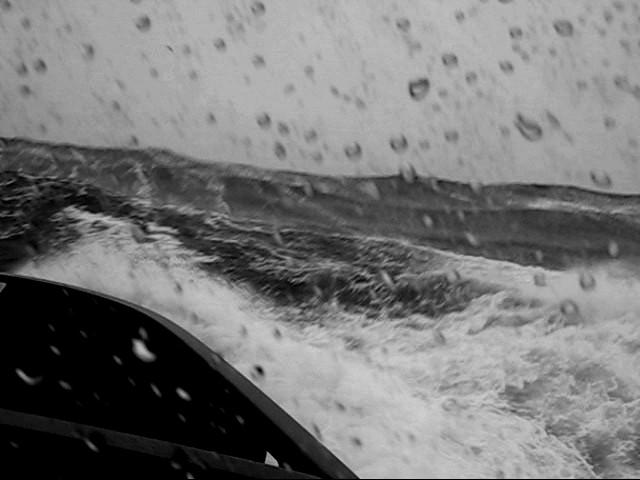
Up and up we would rise, pushing through choppy, liquid cornice crests, only to plunge steeply into dark troughs.
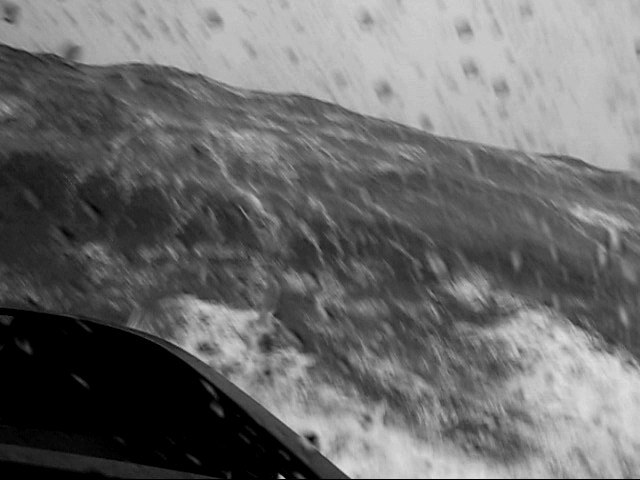
Even the captain, Bert Ashely, who has 30 years’ fishing experience in the Bering Sea, marveled at how unseasonably rough these waters were: seas of perhaps 12-18’, and winds a sustained 40+ knots.

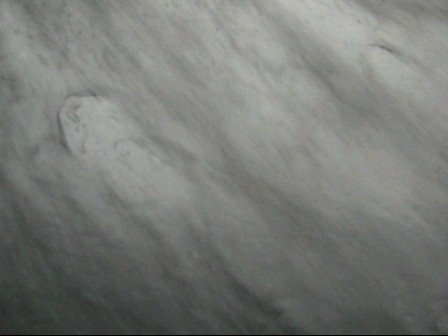
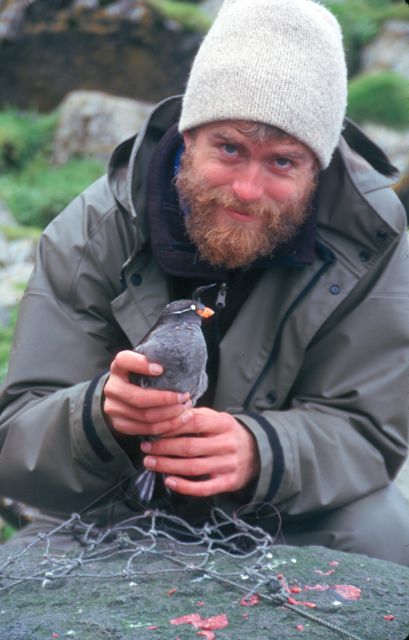
And yet, it was the middle of summer…
This was how I spent my July 17th and 18th.

